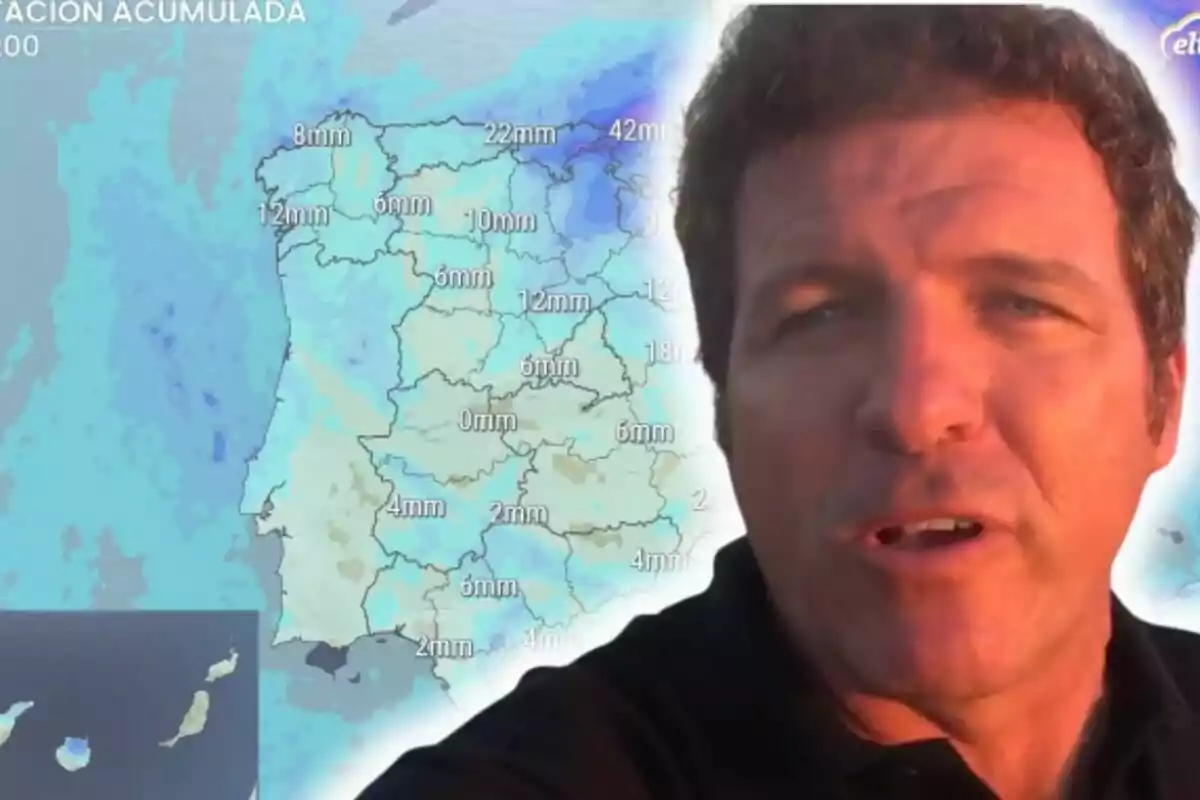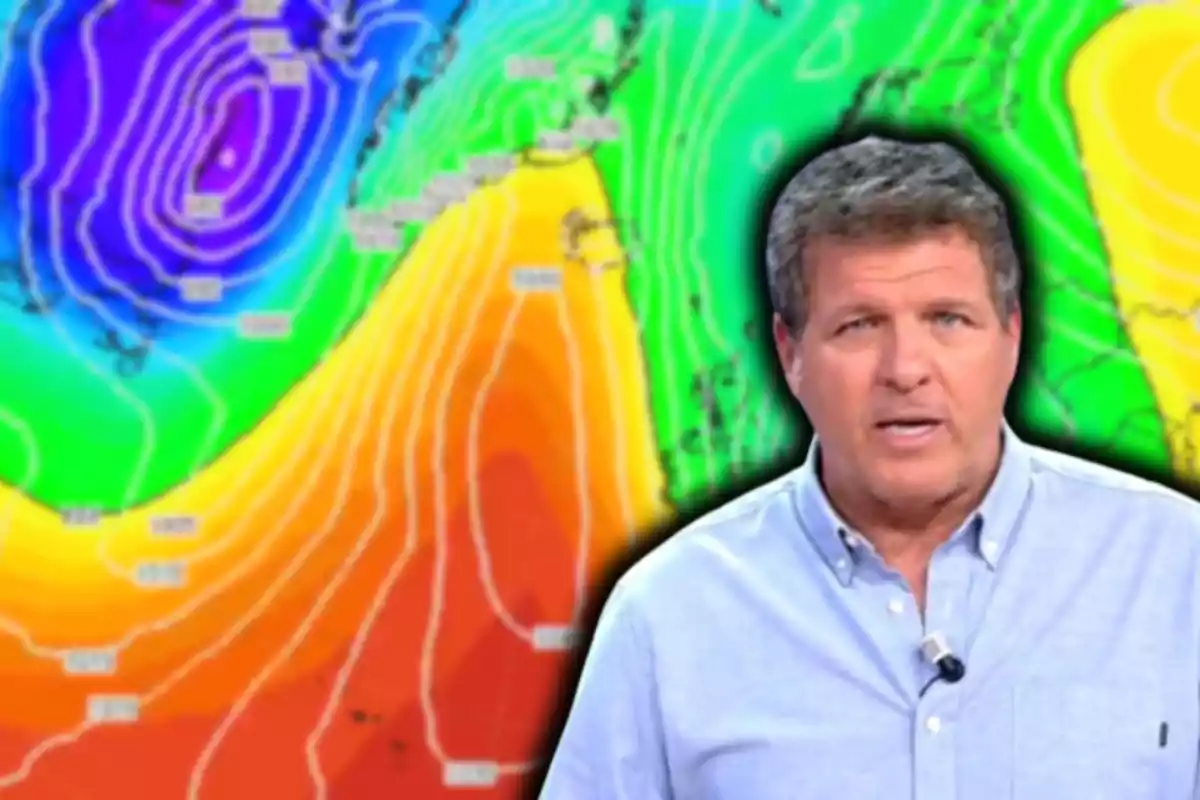In a world increasingly shaped by sudden changes in the atmosphere, weather forecasting has become a strategic tool for both daily life and key sectors of the economy. The days when the weather report was just a simple anecdote in households are long gone.
Today, technological advances have taken meteorology to a new level of accuracy and reliability. However, something is revolutionizing even the experts themselves: the emergence of Artificial Intelligence in forecasting.
artificial intelligence is here to stay
Traditionally, forecasts have relied on highly complex numerical physical models, capable of simulating the behavior of the atmosphere through mathematical equations. These systems require supercomputers and a considerable amount of computing time, so, although robust, they are sometimes limited by processing capacity and the amount of data they can handle in real time.

The advance of Artificial Intelligence (AI), specifically deep neural networks, is opening up a new horizon. These technologies not only speed up the forecasting process, but they also allow learning directly from gigantic volumes of historical and current data, identifying weather patterns with agility and accuracy that were previously unimaginable. A paradigmatic example is the GraphCast system, developed by Google DeepMind, which has managed to outperform some of the most prestigious traditional numerical models in certain tasks.
In the case of areas such as Catalunya and other Mediterranean regions, where climate variability is especially high and episodes of heavy rainfall or droughts can have immediate effects, speed and accuracy in forecasting are crucial to minimize risks and optimize resources.
ai and "nowcasting": the immediate future of forecasting
One of the areas where AI shows spectacular potential is in very short-term forecasts, known as nowcasting or "ahoracasting." The ability to accurately predict the distribution and intensity of precipitation in the next hour marks a turning point, especially in episodes of torrential rain, sudden storms, or hailstorms.

Systems such as Huawei's NowcastNet, and the integration of weather radars alongside AI algorithms, are already allowing the detection of abrupt changes minutes in advance that can affect both large cities and rural counties. The ability to anticipate these events has been key, for example, in managing alerts for civil protection, or in optimizing agricultural irrigation in sensitive inland areas of Catalunya.
In addition, the fusion of data from satellites, weather stations, IoT sensors, and historical records enables an integrated and much more detailed view of the current state of the atmosphere. Thus, strategic sectors such as aviation, renewable energy, emergency management, or outdoor activity planning have a powerful tool to make more informed decisions.
toward more predictive meteorology adapted to local reality
Digitalization and Artificial Intelligence have driven a silent but unstoppable revolution in the way weather is understood. The work of meteorologists, far from being replaced, is strengthened by systems capable of cross-referencing information in real time and detecting subtle signals that could previously go unnoticed.

The remarks of experts such as Mario Picazo highlight the importance of leveraging these technological advances, not only to improve the accuracy of forecasts in Catalunya and other regions, but also to adapt responses to the new challenges of climate change and atmospheric variability.
the impact on daily life and key recommendations
The deployment of meteorological AI is already a reality that is beginning to be felt in daily life: from more reliable alerts for adverse phenomena to the efficient management of resources in agriculture, transportation, and energy. As these technologies continue to evolve, a progressive improvement in anticipation capacity is expected, which will allow citizens, companies, and institutions to adapt better to each situation.

